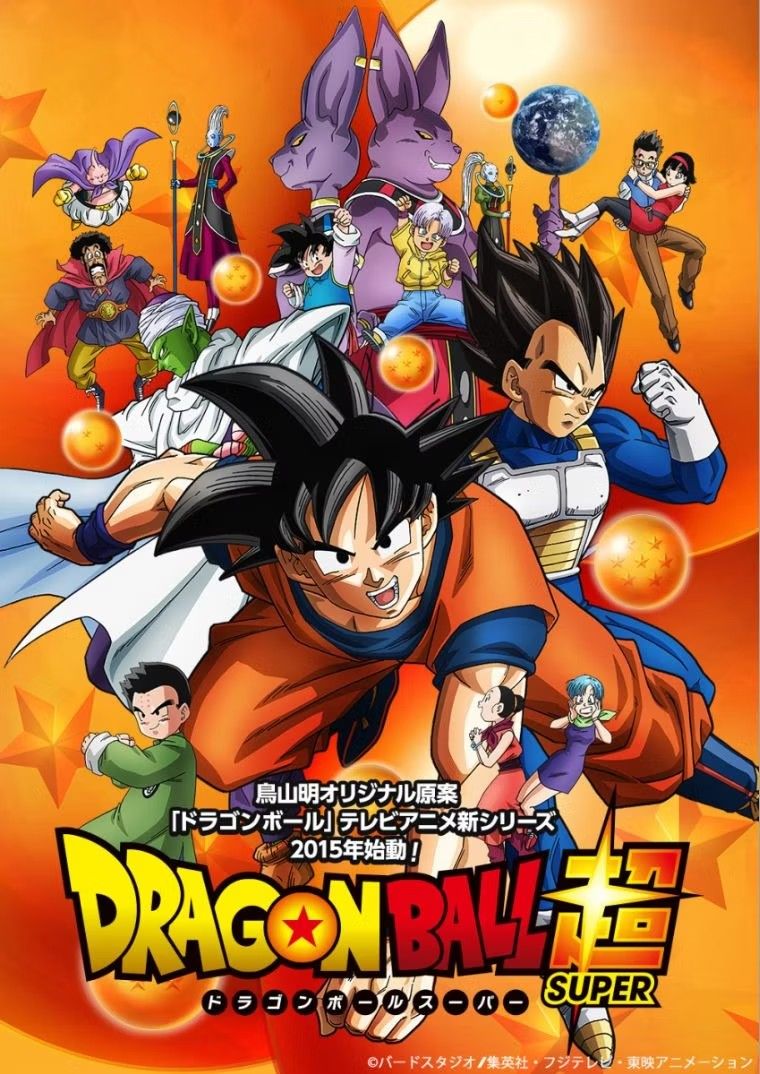Toei Animation, the esteemed studio renowned for its iconic franchises such as Dragon Ball, One Piece, and Sailor Moon, has announced a transformative shift in its production process by significantly increasing the incorporation of artificial intelligence. This strategic move involves the implementation of AI technologies in various aspects of the animation workflow, including storyboarding, coloring, in-between animation corrections, and the creation of backgrounds. While AI has been subtly integrated into numerous animation workflows across the industry, Toei’s candid declaration about amplifying its dependence on these advanced tools has ignited a heated debate among animators and fans alike, raising questions about the future of this beloved art form.
The response to Toei Animation’s announcement was immediate and divided. Some industry professionals view this evolution as a natural progression in animation technology, embracing the potential efficiencies that AI can bring to the creative process. Conversely, many others perceive this shift as a profound betrayal of the artistic integrity that defines anime. Detractors argue that relying on AI could potentially stifle human creativity, especially in areas that have traditionally required a skilled artistic eye and a deep understanding of the craft. As one of Japan’s oldest and most esteemed animation studios, Toei Animation’s decision is seen by some as a validation of a trend that could ultimately devalue the labor-intensive craft of hand-drawn animation and further marginalize artists who are already facing demanding working conditions.
-

Dragon Ball: A Timeless Multimedia Franchise
Originating from the brilliant creativity of Akira Toriyama, Dragon Ball is a monumental multimedia franchise that traces its roots back to the 1980s. It quickly gained momentum, beginning as a serialized manga in Weekly Shonen Jump in Japan. The series transcended borders, reaching international audiences through both manga and an anime adaptation that has garnered a global fanbase. The narrative initially follows the adventures of the young Son Goku on his quest to find the Dragon Balls, mystical orbs that can grant wishes. This beloved series later expanded into the immensely popular Dragon Ball Z, showcasing Goku’s adult life filled with intense battles and his relentless pursuit of strength. The franchise has further evolved through numerous successful video game adaptations and continues to thrive with new animated series and theatrical releases, including the widely acclaimed Dragon Ball Super: Super Hero.
-

One Piece: The Epic Adventure of the Straw Hat Pirates
Conceived by the talented Eiichiro Oda, One Piece is a sprawling multimedia franchise that originated as a manga series chronicling the exhilarating adventures of the Straw Hat Pirates, led by the charismatic Monkey D. Luffy. Luffy, an adventurous pirate with an insatiable thirst for exploration, is endowed with a mysterious curse that grants him unique powers, which he skillfully utilizes to safeguard his friends and navigate the treacherous seas. The manga eventually transitioned into an equally successful anime series, and together, they stand as some of the longest-running series in the history of both mediums. In addition to a plethora of over fifty video games released over the years, the franchise made its live-action debut with Netflix’s 2023 adaptation, further broadening its already vast reach.





